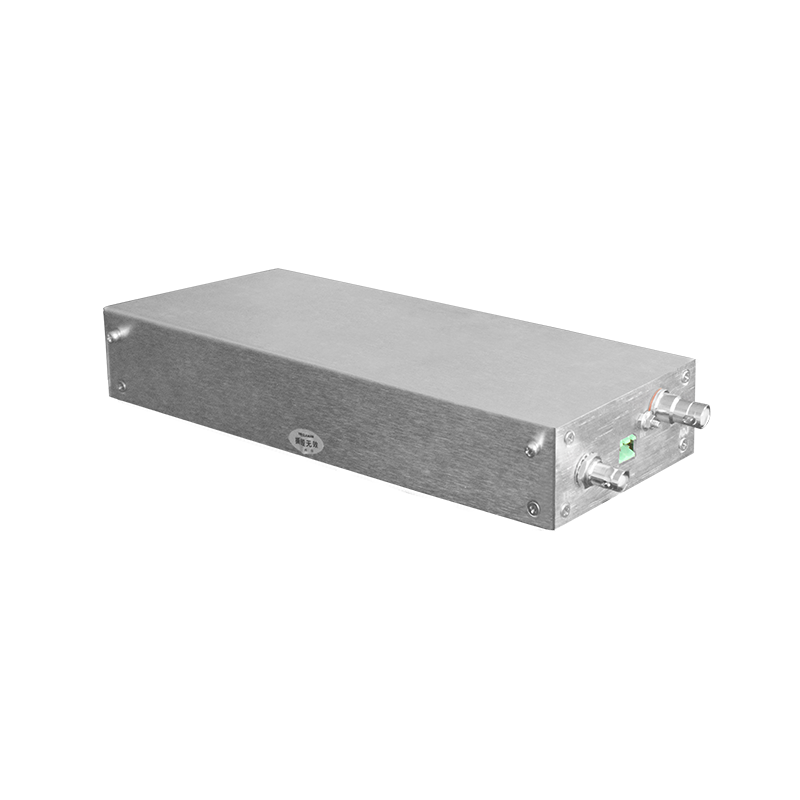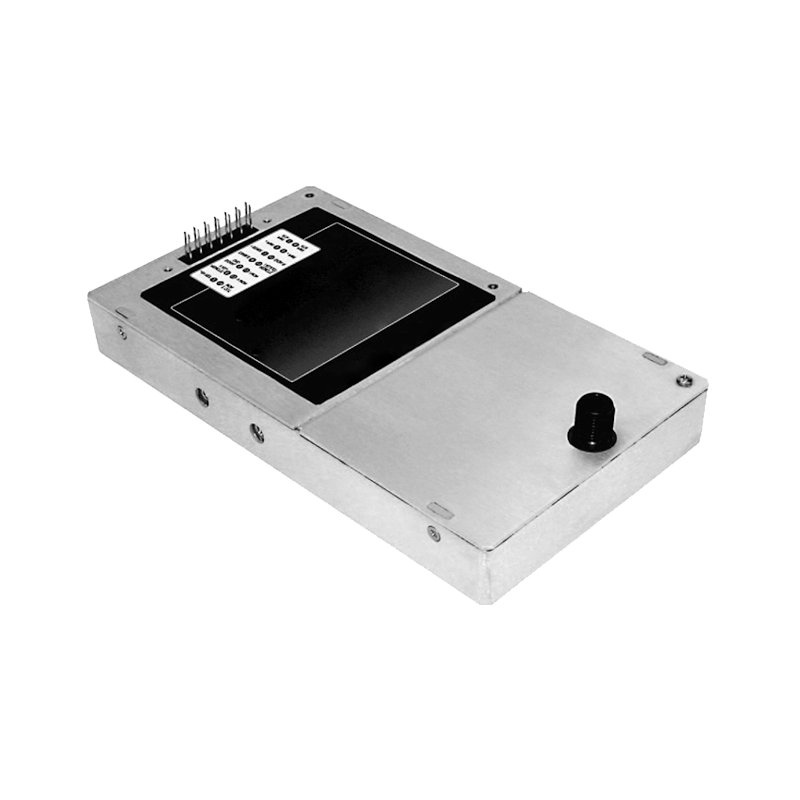Optimization and Control of Electric Field Distribution in Capillary Electrophoresis High Voltage Power Supply
1. Theoretical Model and Key Parameters
The electric field uniformity in capillary electrophoresis (CE) directly determines separation efficiency and resolution. Its mathematical model is:
\[ E(x) = \frac{V}{L} \cdot \left[ 1 + \alpha \cdot \cos\left(\frac{2\pi x}{\lambda}\right) \right] \]
where \( V \) is applied voltage, \( L \) is capillary length, \( \alpha \) is distortion coefficient, and \( \lambda \) is spatial period. Experimental data show that protein separation efficiency drops by 30% when \( \alpha >0.05 \). Key influencing factors include:
1. Electrode Geometry: Ring electrodes limit field deviation to ±1.5%, while plate electrodes reach ±5%. Optimizing curvature radius (0.2-0.8mm) reduces edge effects.
2. Interface Polarization: 10kV/30cm conditions cause 8% field attenuation. Pulsed DC suppresses polarization.
3. Power Supply Ripple: 0.1% ripple induces 0.3% migration time fluctuation. LCLC filters can suppress ripple below 0.02%.
2. Electric Field Uniformity Optimization
1. Gradient Electrode Design
Three-stage tapered electrodes (2mm to 0.5mm) reduce field standard deviation from 12.3V/cm to 4.7V/cm in 50mm capillaries.
Dynamic compensation adjusts electrode spacing in real-time, improving uniformity by 40% at 15kV.
2. High-Frequency Modulation
1MHz modulation superimposed on 5-30kV base voltage enhances small-molecule resolution by 2.1×.
FPGA-based phase synchronization limits timing jitter to 0.01%.
3. Multi-Zone Control
Eight independent field zones with ±0.05% voltage accuracy achieve <0.8% velocity deviation in DNA separation.
3. Dynamic Field Applications
1. Biomolecule Separation
Gradient fields (50-200V/cm) increase peak capacity to 450, 60% higher than constant fields. 10V/(cm·s) switching improves tailing factor by 35%.
2. Chiral Drug Analysis
Square-wave alternating fields (±15kV, 1Hz) expand enantiomer migration time difference to 2.7 minutes, with LOD of 0.1nM.
3. Single-Cell Analysis
Localized fields (500V/cm) enhance mass spectrometry signals 5× while limiting thermal damage to <2μm.
4. Future Trends
1. AI-Optimized Fields: Machine learning reduces separation time by 40% for complex samples.
2. 3D Field Topology: Spiral field distributions in microfluidic chips may improve channel utilization by 70%.
3. Ultrafast Switching: GaN-based ns-scale field switching enables dynamic tracking of fluorescent tags.




















